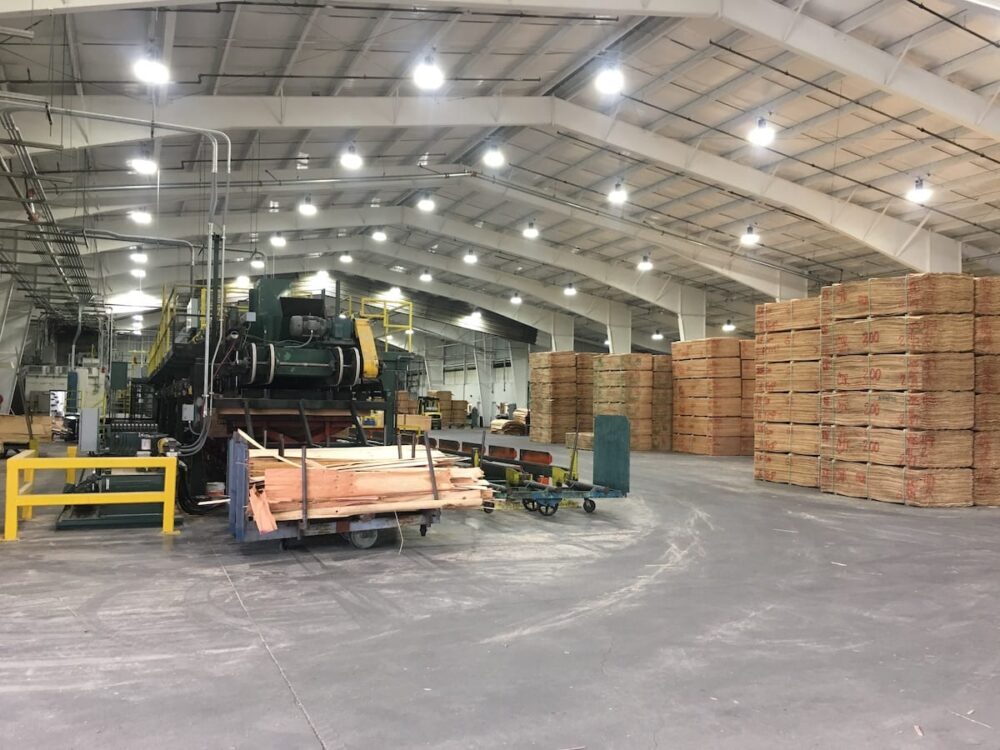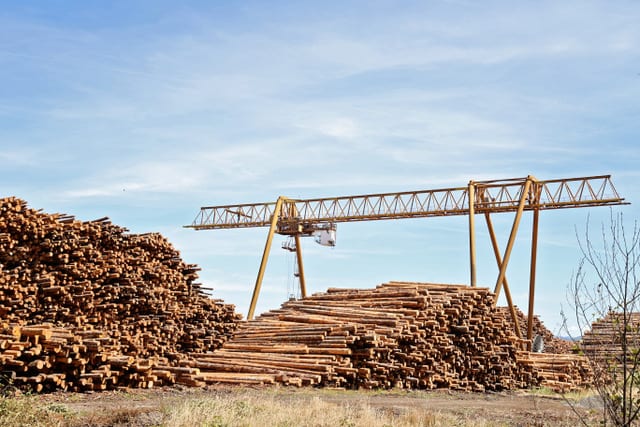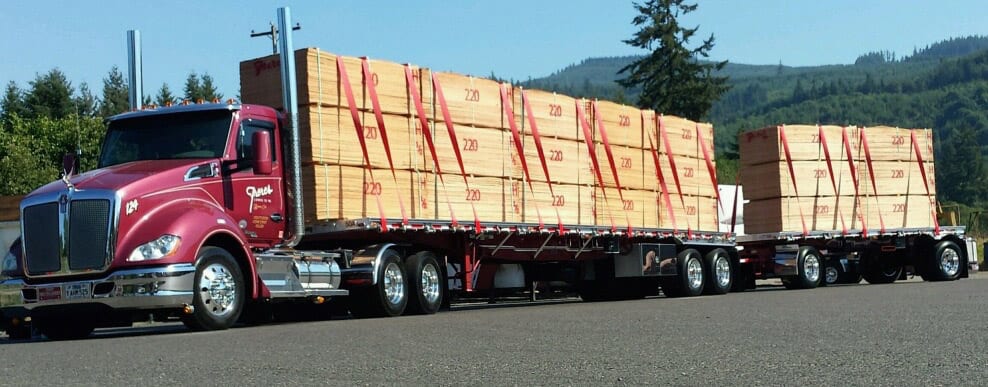November 12, 2018
Panel markets continued to struggle through October, largely mirroring the declines across all wood products over the last couple of months. To say price declines have been unprecedented and sudden would be an understatement. The best we can say is that it seems like panel price declines are moderating and the market may be becoming liquid again. There is no indication that the market will turn around positively in the short-term, but there might be a light at the end of the tunnel.

A Housing Market Adjustment
The US housing market faced additional headwinds as interest rates increased and limited housing construction led rapid housing price increases. As housing became less affordable, construction and housing starts began to deteriorate. While we began the year with a projected 1.3 million housing starts, current projections indicate 1.27 million starts for 2018. Housing start projections have also been lowered for 2019 as additional interest rate hikes are expected next year. Still, housing starts are projected to increase by 6% next year. There should be better markets ahead.

Imports Affect Domestic Markets
Over-supply has been the biggest impediment to stable panel markets. OSB, a substitute product for plywood in residential construction, suffered from additional production capacity in the Southern US. OSB price declines were larger than plywood. US plywood production, on the other hand, actually declined by 3.5% year-over-year. Domestic panel prices have repeatedly been punished by an onslaught of imports from a variety of countries. Latest import data indicates that US structural panel imports increased almost 80% since 2017 to 1,900 million square feet in 2018. That is production equivalent to 10 of our facilities! In many cases, these panel imports are not compliant with product codes that US producers must comply with.
Chinese and Brazilian imports are even more distressing from an environmental standpoint. Does any one truly believe that Chinese softwood panels are produced with the same environmental protection controls that we implement at our facilities? Do the EPA or the DEQ monitor Chinese production emissions? Can anyone make the case that it is better to buy Brazilian softwood panels sourced from former rainforests converted to fast-growing plantations than it is buy domestic products produced from sustainably managed forests?

Recovery from the Effects of Imports Will Take Time
Rumors indicate that imports are set to drop off considerably in November and December, but they have already wreaked destruction on the US panels markets. Domestic producers continue to take production out of the system via short weeks, reduced shifts, or announced extended downtime around the holidays.

Freres Lumber Adjusts to Down Markets
We are not immune to the markets and will be adjusting schedules through the end of the year at the green-ends and at our plywood facility. Our hope is that markets will be more functional in 2019.

Subscribe
We’ll send you a notification when a new story has been posted. It’s the easiest way to stay in the know.